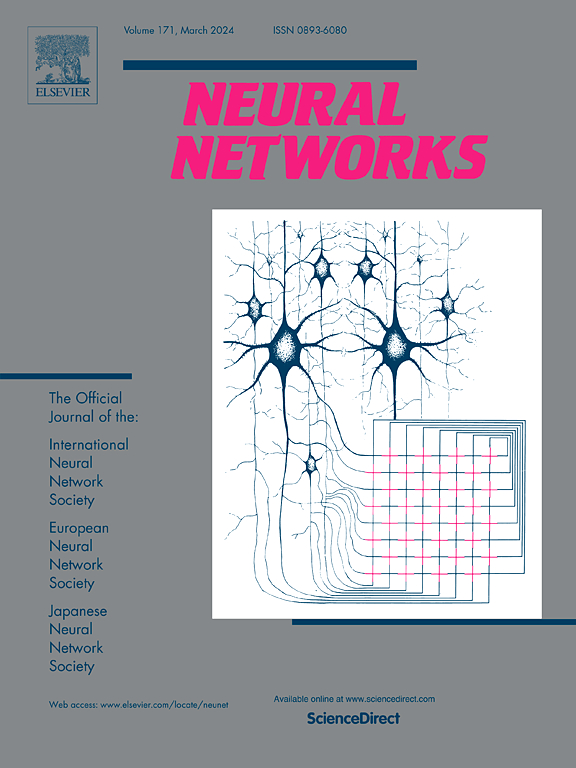Data prioritization aware resource allocation in internet of vehicles using multi-agent deep reinforcement learning
IF 6.3
1区 计算机科学
Q1 COMPUTER SCIENCE, ARTIFICIAL INTELLIGENCE
引用次数: 0
Abstract
Intelligent transportation systems (ITS) are facing the limitation of spectral resources and stringent real time communication requirements. How to effectively allocate system resources for maximizing the performance in Internet of Vehicles (IoV) is still a substantial challenge, particularly the priority and urgency of different types of data need to be focused. To improve the allocation spectrum resources and optimize transmission power while taking into the dynamic characteristics of vehicles and data priorities account, we design a time-series-based multi-agent deep reinforcement learning framework (NL-MAPPO for short), in this paper. First, we formulate the joint optimization problem as a multi-agent Markov decision process to ensure the minimization of transmission delays and energy consumption when the total vehicle-to-vehicle (V2V) link capacity is maximized. Here, V2V link capacity refers to the maximum achievable data rate for direct communication between vehicles, which depends on factors such as signal strength, interference, and available bandwidth. Then, we design a multi-agent resource allocation algorithm based on a shared-critic mechanism to realize the global sharing of channel information and solve the optimization problem. Finally, to improve efficiency, we also introduce a time series-based channel information extraction mechanism to capture the temporal characteristics of channel information. The simulation experiments were conducted and the results demonstrated that our proposed NL-MAPPO can demonstrate superiority in multiple metrics.
基于多智能体深度强化学习的车联网数据优先级感知资源分配
智能交通系统(ITS)面临频谱资源的限制和严格的实时通信要求。如何有效地分配系统资源以实现车联网(IoV)的性能最大化仍然是一个重大挑战,特别是需要关注不同类型数据的优先级和紧迫性。为了在考虑车辆动态特性和数据优先级的情况下改善频谱资源分配和优化传输功率,本文设计了一种基于时间序列的多智能体深度强化学习框架(简称NL-MAPPO)。首先,我们将联合优化问题表述为一个多智能体马尔可夫决策过程,以确保在V2V总链路容量最大化时传输延迟和能量消耗最小。这里,V2V链路容量是指车辆之间直接通信的最大可实现数据速率,这取决于信号强度、干扰和可用带宽等因素。然后,设计了一种基于共享评价机制的多智能体资源分配算法,实现了渠道信息的全局共享,解决了渠道信息的优化问题。最后,为了提高效率,我们还引入了一种基于时间序列的信道信息提取机制来捕捉信道信息的时间特征。仿真实验结果表明,我们提出的NL-MAPPO在多个指标上都表现出优越性。
本文章由计算机程序翻译,如有差异,请以英文原文为准。
求助全文
约1分钟内获得全文
求助全文
来源期刊

Neural Networks
工程技术-计算机:人工智能
CiteScore
13.90
自引率
7.70%
发文量
425
审稿时长
67 days
期刊介绍:
Neural Networks is a platform that aims to foster an international community of scholars and practitioners interested in neural networks, deep learning, and other approaches to artificial intelligence and machine learning. Our journal invites submissions covering various aspects of neural networks research, from computational neuroscience and cognitive modeling to mathematical analyses and engineering applications. By providing a forum for interdisciplinary discussions between biology and technology, we aim to encourage the development of biologically-inspired artificial intelligence.
 求助内容:
求助内容: 应助结果提醒方式:
应助结果提醒方式:


